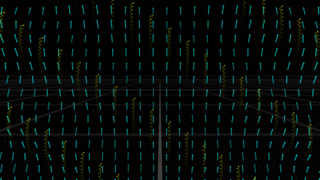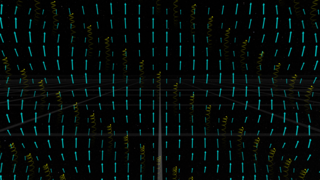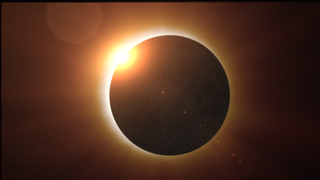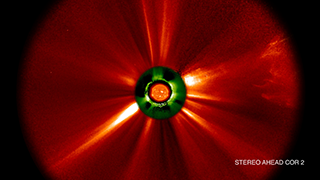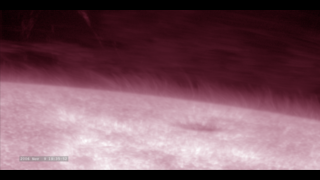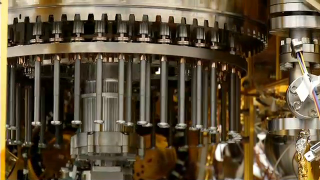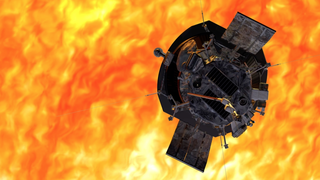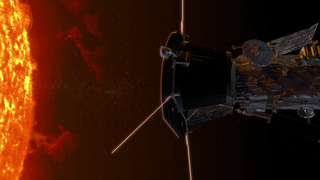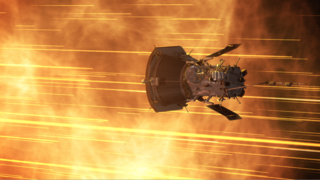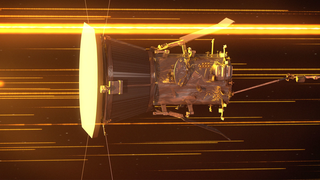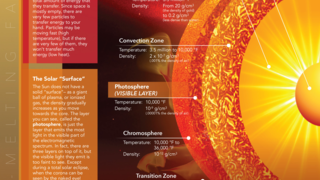Discovering the Sun’s Mysteriously Hot Atmosphere
Temperatures in the corona — the tenuous, outermost layer of the solar atmosphere — spike upwards of 2 million degrees Fahrenheit, while just 1,000 miles below, the underlying surface simmers at a balmy 10,000 F. How the Sun manages this feat remains one of the greatest unanswered questions in astrophysics; scientists call it the coronal heating problem. A new, landmark mission, NASA’s Parker Solar Probe — scheduled to launch no earlier than Aug. 11, 2018 — will fly through the corona itself, seeking clues to its behavior and offering the chance for scientists to solve this mystery.
From Earth, as we see it in visible light, the Sun’s appearance — quiet, unchanging — belies the life and drama of our nearest star. Its turbulent surface is rocked by eruptions and intense bursts of radiation, which hurl solar material at incredible speeds to every corner of the solar system. This solar activity can trigger space weather events that have the potential to disrupt radio communications, harm satellites and astronauts, and at their most severe, interfere with power grids.
Above the surface, the corona extends for millions of miles and roils with plasma, gases superheated so much that they separate into an electric flow of ions and free electrons. Eventually, it continues outward as the solar wind, a supersonic stream of plasma permeating the entire solar system. And so, it is that humans live well within the extended atmosphere of our Sun. To fully understand the corona and all its secrets is to understand not only the star that powers life on Earth, but also, the very space around us.
Read more on NASA.gov.
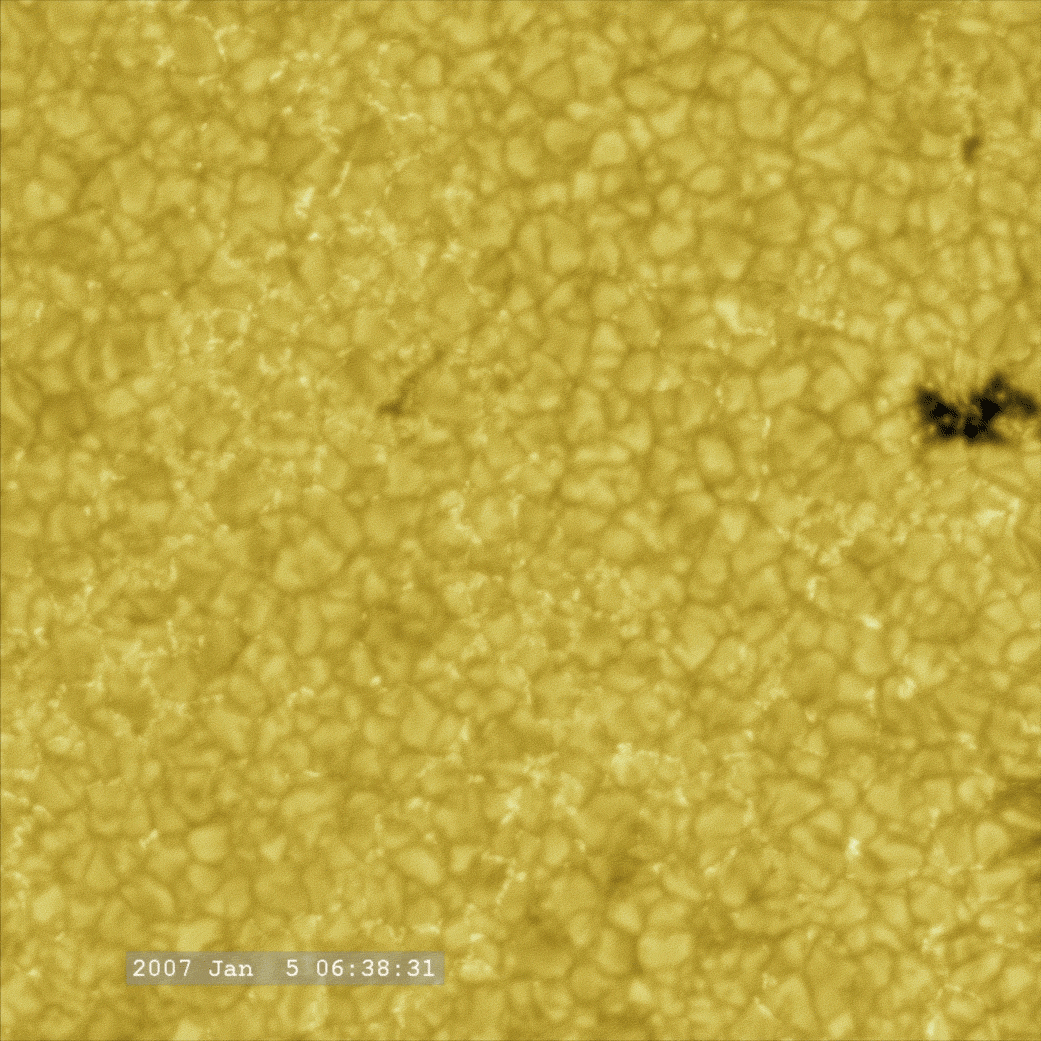



Source Material
Related
Credits
Joy Ng (USRA)
Writer:
Kathalina Tran (SGT)
Scientists:
Eric Christian Ph.D. (NASA/HQ)
Nour Raouafi (Johns Hopkins University/APL)
James A. Klimchuk (NASA)
Ryan Milligan (University of Glasgow)
Sten Odenwald (NASA/GSFC)
Adrian Daw (NASA/GSFC)
Data Visualizer:
Tom Bridgman (Global Science and Technology, Inc.)
Animators:
Joy Ng (USRA)
Walt Feimer (KBR Wyle Services, LLC)
Michael Lentz (USRA)
Kathalina Tran (SGT)
NASA's Goddard Space Flight Center
https://svs.gsfc.nasa.gov/12903
This item is part of this series:
Narrated Movies
Keywords:
SVS >> HDTV
SVS >> Solar Wind
SVS >> Space Weather
SVS >> Heliophysics
SVS >> Corona
NASA Science >> Sun
SVS >> Coronal Heating
SVS >> Parker Solar Probe
SVS >> History
SVS >> Bengt Edlen
